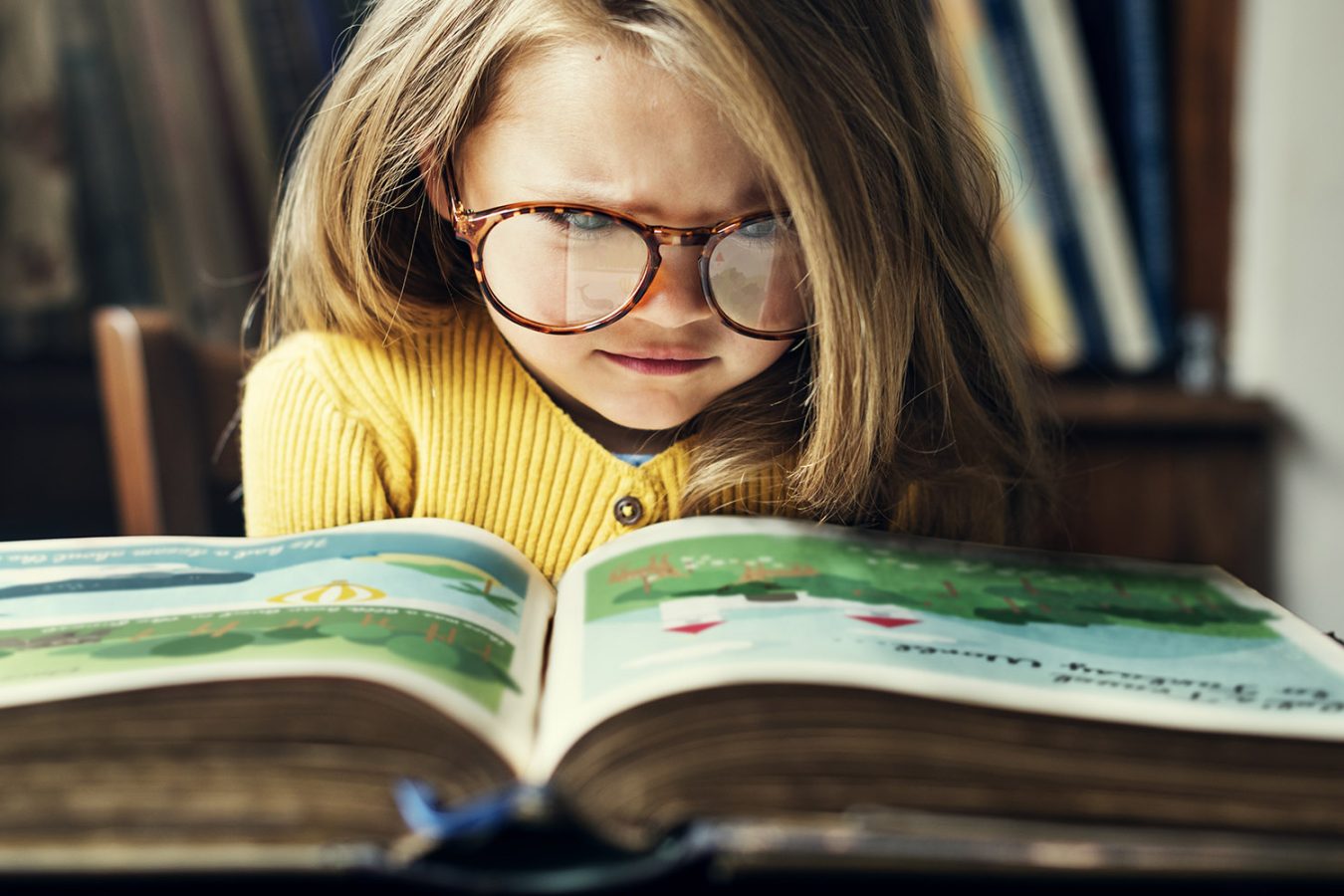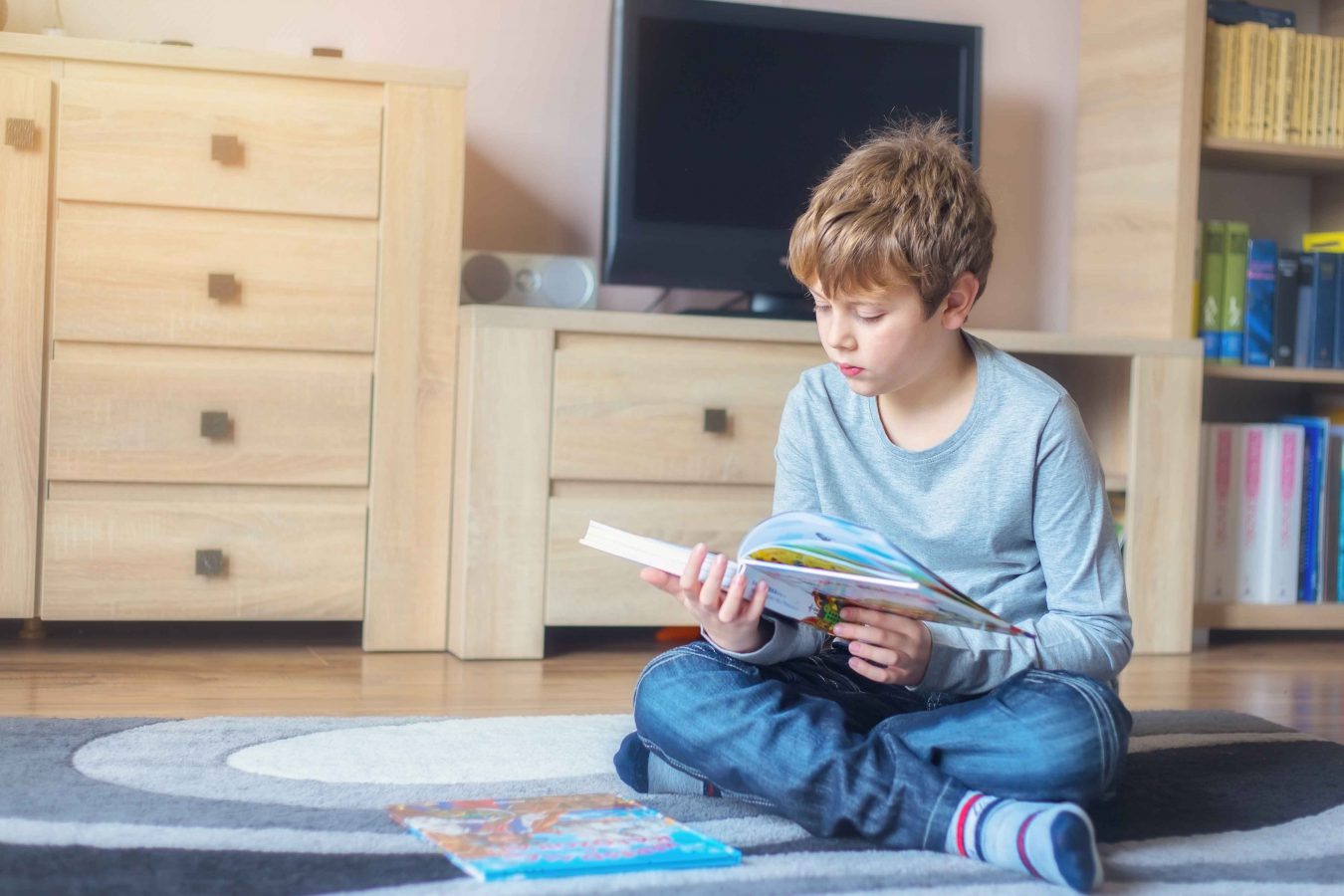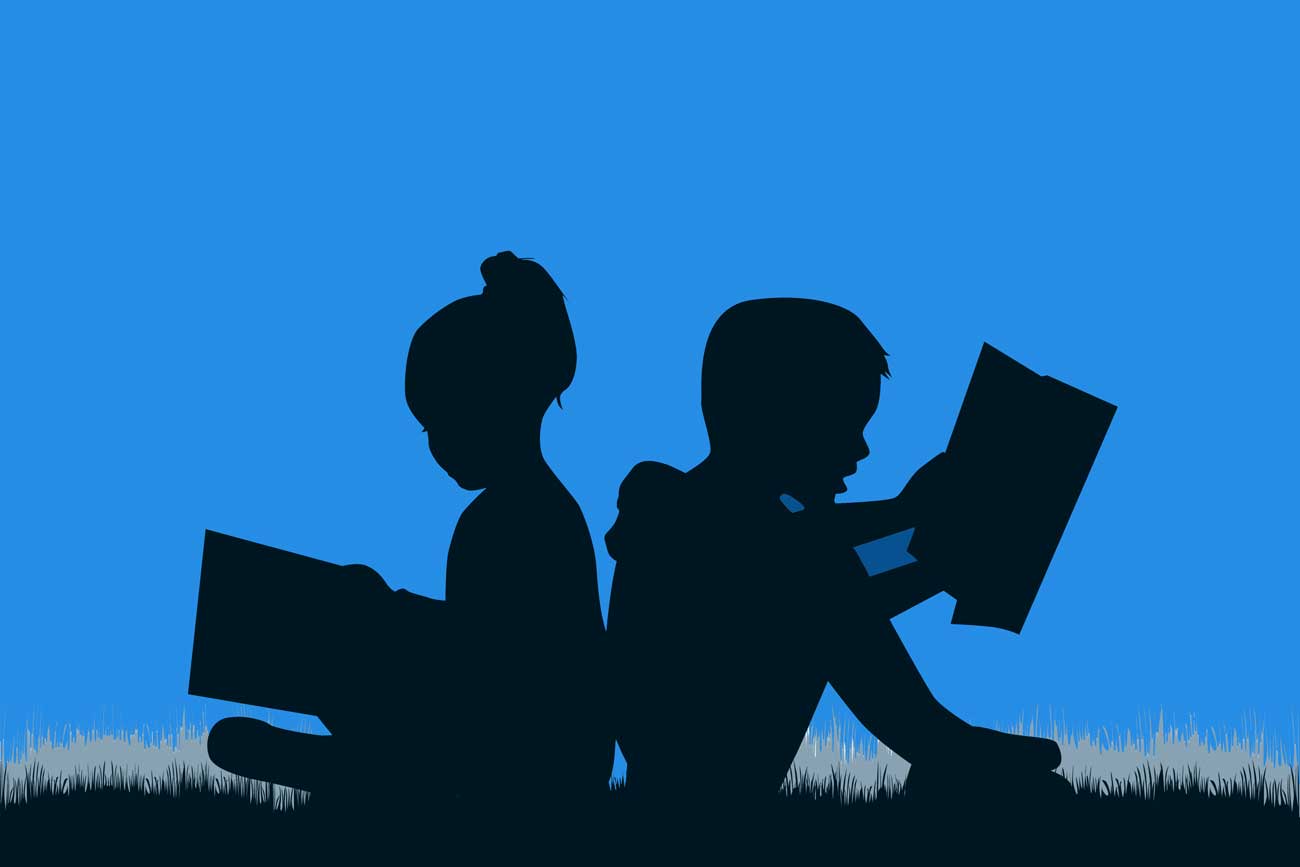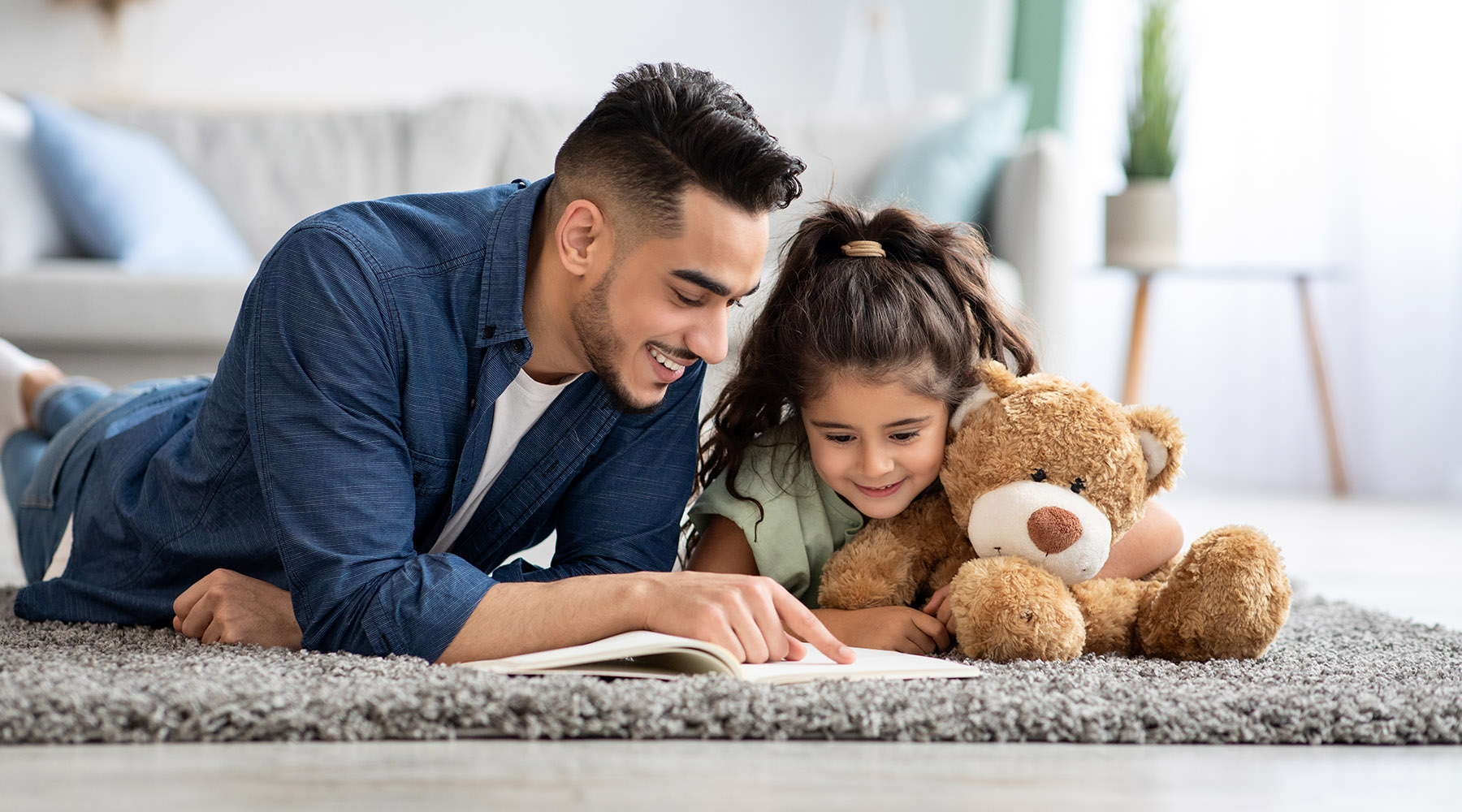
Reading aloud to your children can be incredibly rewarding, for both of you. It's also a great way to jumpstart their learning, says Diane Bourke.
The Reading Mother
You may have tangible wealth untold;
Caskets of jewels and coffers of gold.
Richer than I you can never be–
I had a Mother who read to me.
– Gillian Strickland
I have always delighted in Gillian Strickland’s poem; for me, it’s wisdom and magic combined. Young children with parents –Mums and Dads – who are prepared to spend time reading aloud to them, will be well on the way to becoming keen and able readers long before entering the school gates for the first time.
Meghan Cox Gurdon, in her book The Enchanted Hour: The Miraculous Power of Reading Aloud in the Age of Distraction, emphasises the profound impact reading aloud has on children’s brain development.
She explains that when children are read to, multiple deep brain networks are engaged, including those responsible for language, visual imagery, and emotional processing.
Gurdon highlights that early experiences of being read to help create the architecture of a child’s mind, laying pathways for future thought and imagination. She also notes that reading aloud can transform ordinary moments into powerful opportunities for cognitive and emotional growth.
The benefits of reading aloud to children can be accelerated with the addition of some further activities which are highlighted in this article. I encourage you to celebrate the fact that learning to read (and write) can begin at home, long before children start school, and this can take place from the day a child is born.
Research continues to tell is us that to become accomplished and self-reliant readers, young children need many opportunities to:
- talk and listen
- absorb information about print and books
- learn about the sounds of spoken language
- acquire information about the letters of the alphabet.
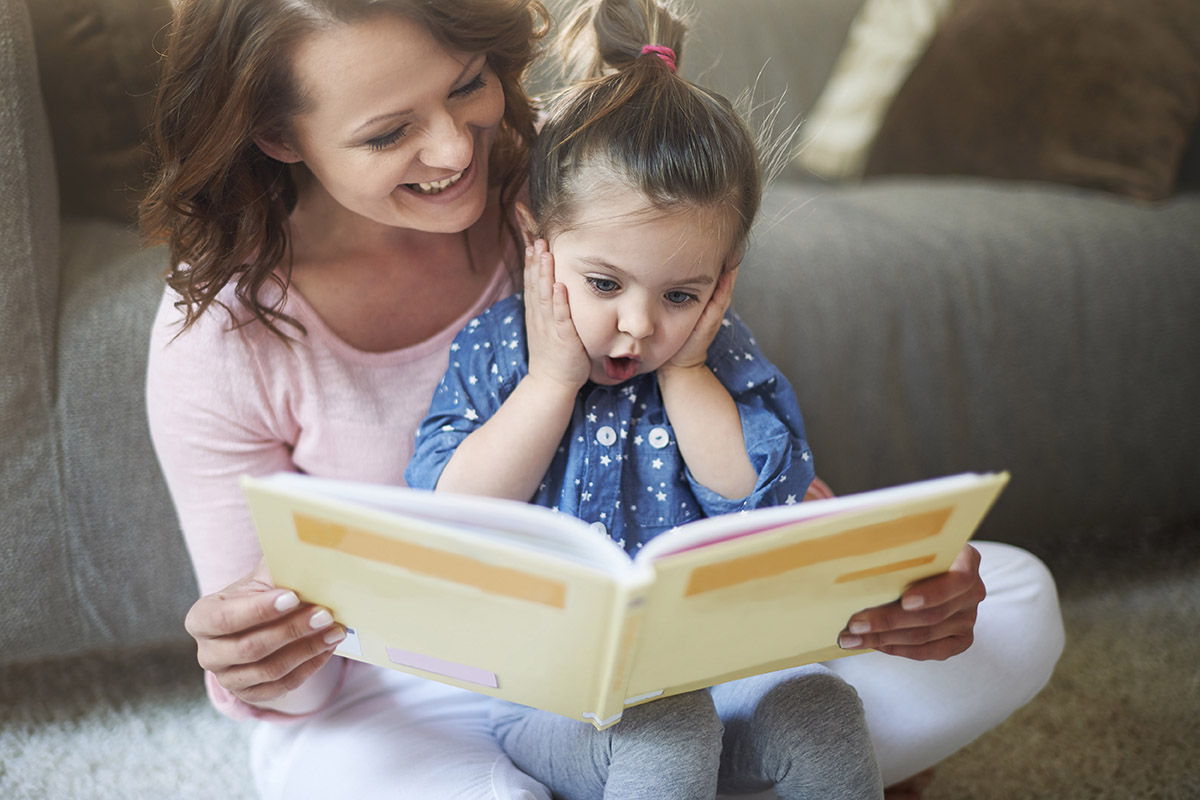
Talking and listening
I smile now when I think of the old saying ‘children should be seen and not heard’. We could not have got it more wrong. For children to become readers they must be encouraged continually to listen and what’s more, talk endlessly.
Be mindful that children who do not hear a lot of talk or who are not encouraged to talk themselves can have more difficulties learning to read.
Ways to encourage your children to talk:
- sing and talk to your child from birth. Recite nursery rhymes such as Twinkle, Twinkle Little Star or play simple touching games, Heads, Shoulders, Knees and Toes.
- copy your baby’s babbles, coos and gurgles by repeating the sounds back to them. Or sometimes supply the language for the child. ‘Oh, you want mummy to bring your teddy’. This will help them not only learn the rhythm of conversation but come to understand that what they are gurgling is important.
- point to recognisable objects and name them.
- comment on activities as you go about your daily routines. For example, ‘Daddy is collecting your stroller so we can all go for a walk’.
- as children grow older ask questions to show that you are interested in their thinking. Look for more than yes or no answers. Listen carefully to your child’s responses and reply good-naturedly.
- help your child follow directions: ‘Please pick up that dirty tea towel and place it in the laundry basket’. You might even continue ‘then take a clean one out of the drawer for me, and place it on the hook, thank you’.
Absorbing information about print and books
Be mindful of print awareness as you share books with children. Help your child understand that we use books in precise ways, holding them right side up, turning the pages one at a time and reading lines of words starting at the left and moving to the right.
Help them also understand that the words they see in print and the words they speak and hear are related. This applies not only to the words in books but the words on signs, billboards, labels and in magazines and comics.
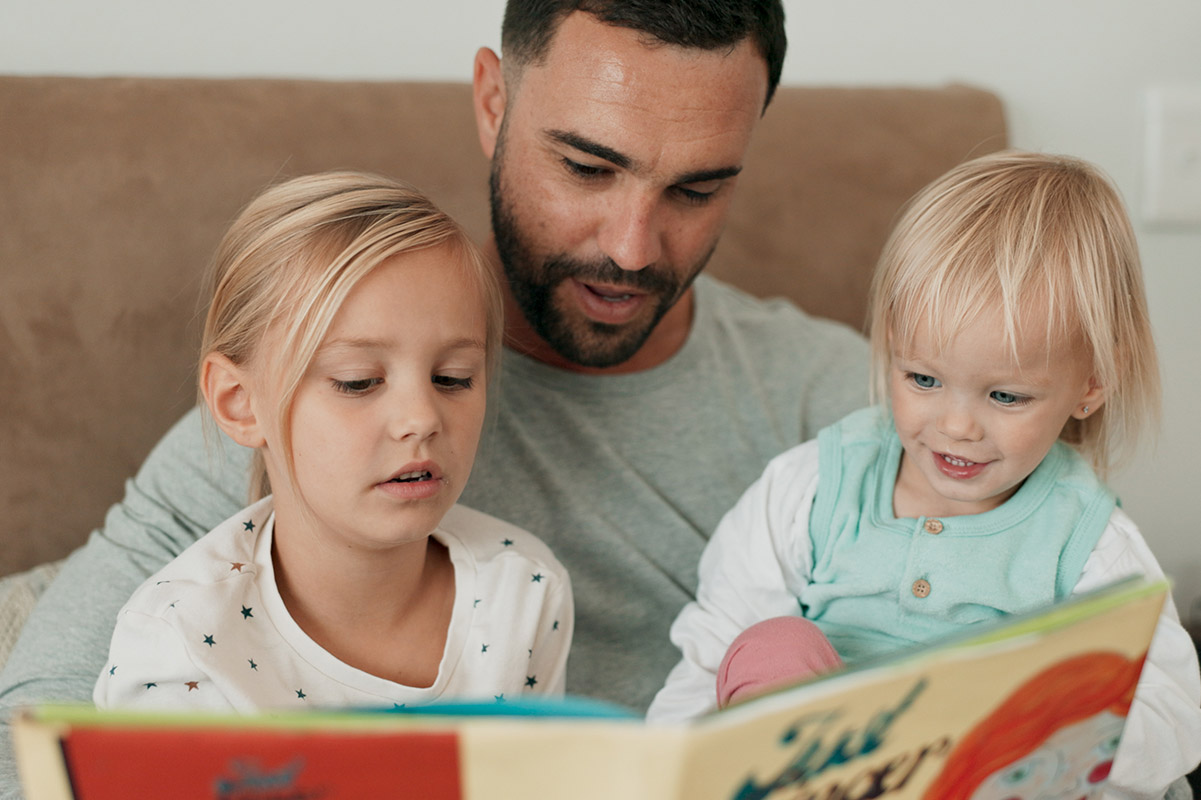
Learning about the sounds of spoken language
As young children grow you can help them understand that sentences are made up of separate words and that some words rhyme and others begin with the same sound, fun, fat, fish for example. As you do this you are helping them develop phonological awareness.
As children continue along the reading pathway you can help them understand that spoken words are made up of individual sounds which is known as phonemic awareness. These individual sounds are called phonemes. Phonological and phonemic awareness supports the teaching of phonics which will occur when children begin school.
Phonics: a guide for parentsAcquiring information about the letters of the alphabet
Alphabetic knowledge, knowing the names and shapes of the letters of the alphabet is also an important skill for young children to have. It is believed that children who know the names of and the shapes of the letters will have an easier time learning to read at school.
Around the ages of 3 and 4:
- help your child recognise their own name in print. As they watch, print the letters of their names and say the name of each letter. These can be displayed later around the house. don’t be concerned about the sounds of the letters you write at this stage.
- read street signs or store signs as you are out walking.
- point out letters when appropriate. Eventually your child will begin naming these letters.
- put magnetic letters on the fridge.
- sing the alphabet song.
Back to where we began, reading aloud
Children quickly discover that reading with an affectionate adult is a loving, joyful experience. Even newborn babies like the feeling of closeness when a parent or grandparent reads to them.
As children are read to, they are not only learning new words, they are also learning about the world, objects, places, events and situations that they have never experienced before.
Parents can:
- talk with your child as you read together. Point to the pictures and chat about what is happening in them. Down the track have your child tell you about the pictures.
- be enthusiastic and read with expression and perhaps even talk like the characters in the story might.
- read favourite books again and again. Children adore hearing the same books over and over. It also helps them learn to read by hearing familiar words and seeing what they look like in print.
- talk about the difference between print and pictures. You read words, you look at pictures.
- give your baby sturdy books to look at, touch and hold. Allow them to turn the pages, lift flaps and look through holes.
- keep books on low shelves where they can reach for them themselves.
And as they grow:
- play with words, don’t be scared of sophisticated words, enjoy tongue twisters and nonsense rhymes
- read predictable books so your child begins to recognise predictable words and phrases. Soon they will repeat them with you.
- read poetry and other rhyming books…stop before a rhyming word and ask your child to provide the word,
- ask what is likely to happen next in the story.
- ask about favourite parts, or help your child relate the story to their own life.
Lastly, remember to make these activities part of the affectionate, loving connection you are already creating with your child. Keep it uncomplicated and have fun.
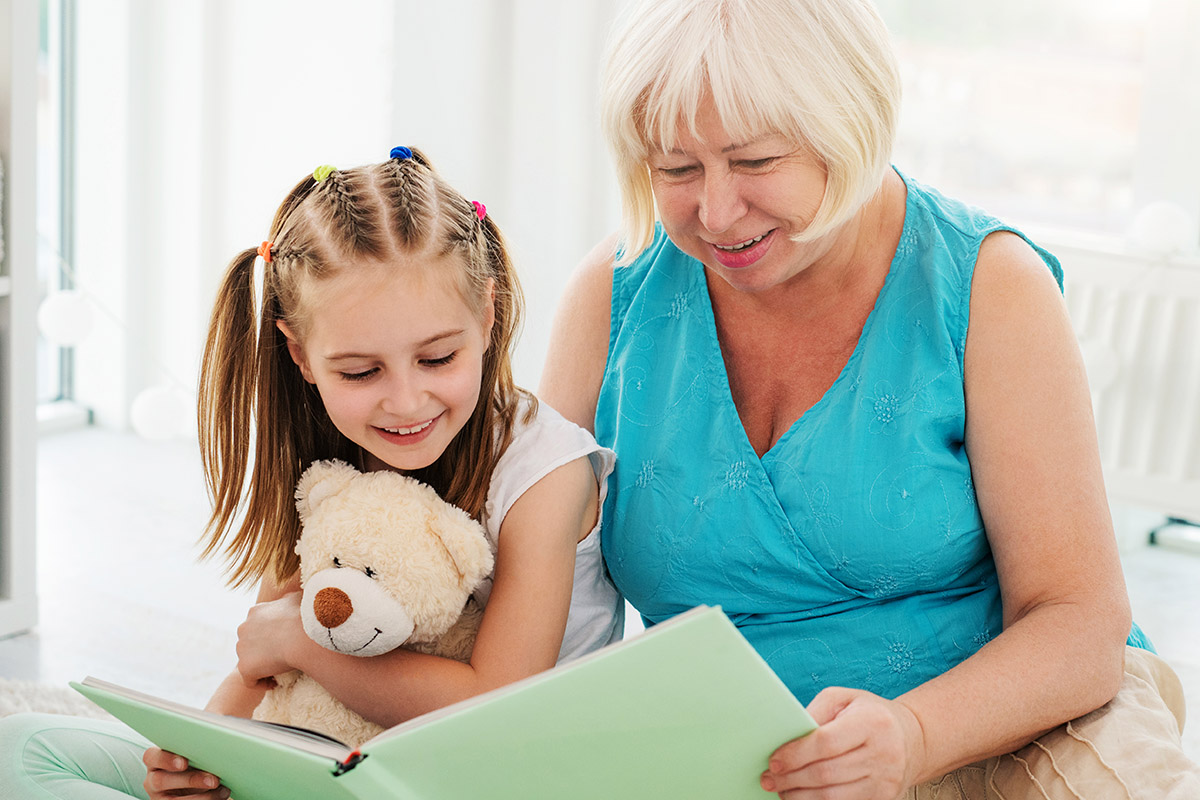
Some favourite books
There are many wonderful books that are perfect for reading aloud to young children. Here are some of my favourites that still sit on my bookshelves.
- Goodnight Moon, by Margaret Wise Brown: A classic bedtime story with soothing rhythm and beautiful illustrations.
- Where the Wild Things Are, by Maurice Sendak: A tale of imagination and adventure that captivates young minds.
- The Very Hungry Caterpillar, by Eric Carle: A colourful and engaging story that teaches counting and days of the week.
- Brown Bear, Brown Bear, What Do You See? by Bill Martin Jr. and Eric Carle: A repetitive and rhythmic book that helps with colour and animal recognition.
- Guess How Much I Love You, by Sam McBratney: A heartwarming story about the love between a parent and child.
- Frog on a Log, by Kes Grayand Jim Field. A bossy cat tells a curious frog what each animal sits on — for example, a lion sits on an iron. The book is filled with rhyming text and repetition to help increase phonemic awareness.
About the Author
Diane Bourke is a Project Manager for Independent Schools Victoria. She was Head of Junior School, Campbell House, at The Geelong College for 16 years, and Head of Junior School, Morris Hall, Melbourne Girls Grammar for 15 years.
Like this post? Please share using the buttons on this page.
Stay up to date with our newsletter here

